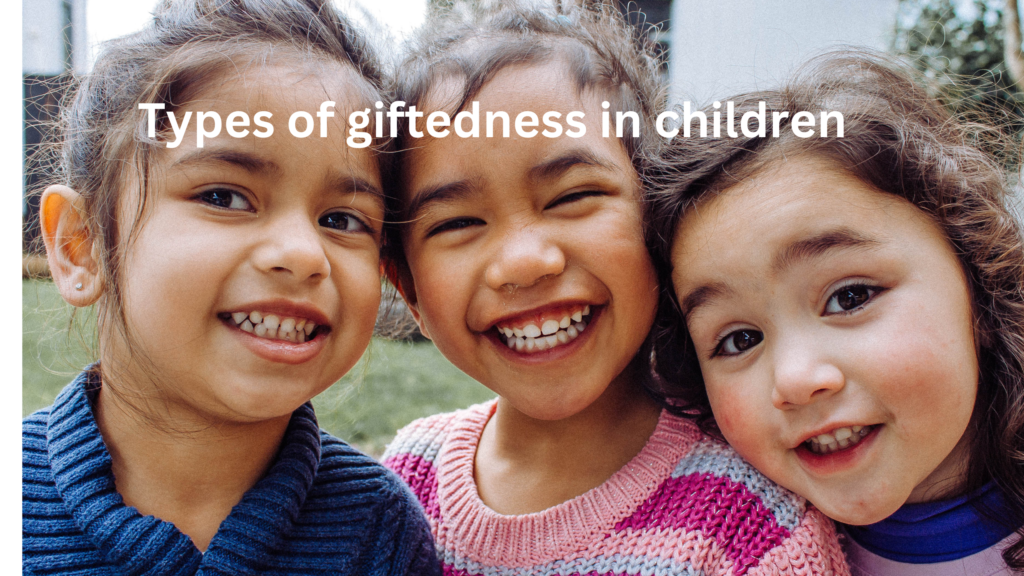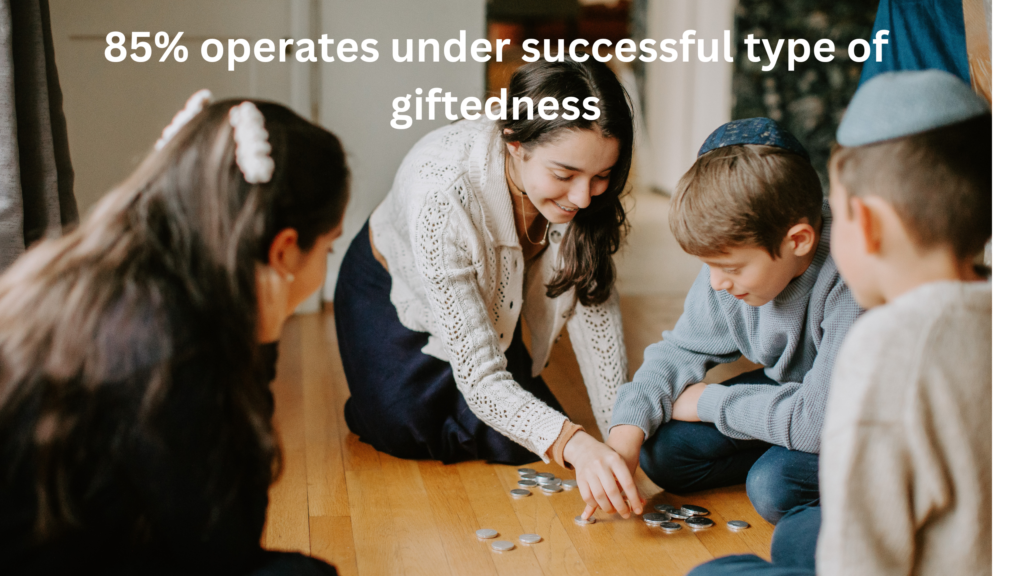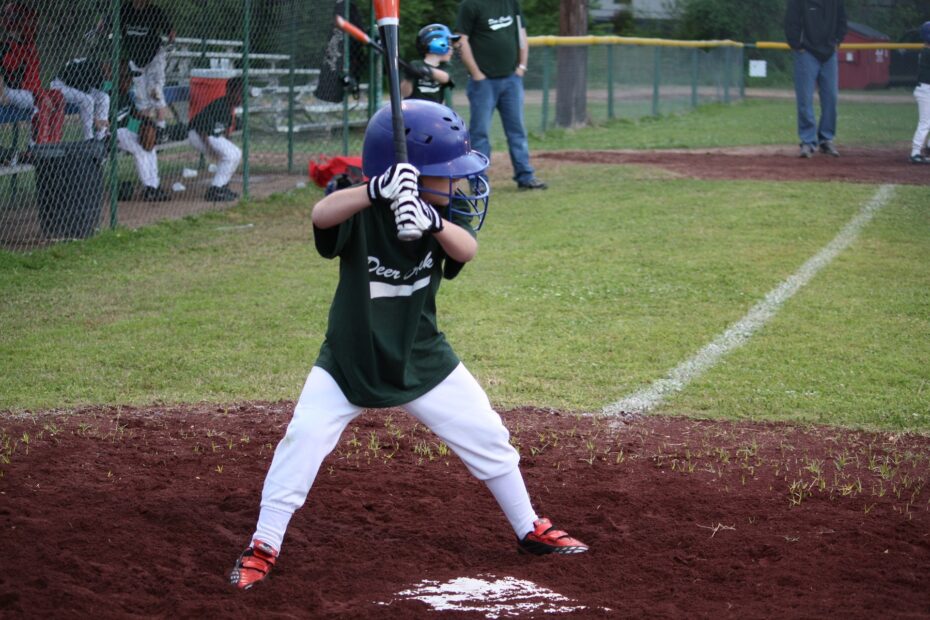Gifted children are those who are exceptionally competent in one or more areas. Children have several types of giftedness, and each is unique. Not all children are naturally talented in music, art, math, or science.
There is no single description of giftedness, and determining what makes a child gifted is challenging. Some things that can lead to giftedness are creativity, intelligence, and good visual or spatial skills. Some children are born with a natural talent for specific jobs.
Instead, they should embrace their talents and work hard to make the most of them. Among the classifications described are creatively talented, intellectually gifted, learning handicapped gifted, and aesthetically gifted.
This article describes the six types of talented children and their needs, feelings, and actions. Gifted children are classified based on their needs and feelings. These categories are generalizations that can help find and guide talented kids at all stages of their lives.

The 6 types of giftedness include:
Successful type of giftedness
Challenging type of giftedness
Underground type of giftedness
Dropouts’ type of giftedness
Double-labeled type giftedness
Autonomous learner-type of giftedness
1. Successful
Successful giftedness is one of the types of giftedness that prompts children to work hard in school. They do their homework and tests without being pushed. And they might become perfectionists. Some of these students eventually become the “teacher’s favorites,” which may stir jealousy among their classmates. 85% of gifted children identified in schools have successful types of giftedness. These students knew the systems and could confidently adapt to society.
However, they may become bored in school and grasp the system quickly enough to get by with the least amount of work. They also rely on the system, making them less creative and inventive and lacking autonomy. This is the typical view of gifted children: they excel in school.
However, successful, talented youngsters perform well on standardized examinations such as the SAT/ACT. They often strive for more excellent education and advanced degrees throughout their academic careers.
They are, for the most part, organized thinkers. Intelligent and talented children may be able to tell a story or draw a picture when asked, but creativity is not their strong suit.
2. Challenging and Creative
Challenging and creative giftedness is also one of the types of giftedness where diversely talented children have high degrees of inventiveness. They need to follow the rules and frequently clash with instructors and parents. This group of intelligent kids is at risk of dropping out of school because they do bad things like use drugs or act like troublemakers.
Challenged and innovative students often oppose “successful” brilliant youngsters. They may be very talented as writers, musicians, painters, photographers, graphic designers, or fashion designers. Their innovative personalities clash with the typical school structure.
Intelligent and creative students get bored or act out when they don’t fit into the rigid structure of a regular school day. They may also encounter bullying since their abilities distinguish them from their classmates in ways they can not comprehend. A flexible educational environment may be beneficial for students who are demanding and innovative.
3. Underground
Several types of giftedness can be seen in the underground type, where gifted children ignore their skills to fit in with a non-gifted social group. Most girls are usually nervous and worried because their need to belong grows a lot at that age. Their evolving demands frequently clash with the expectations of parents and instructors.
Children grow at different rates. Some have their gifts covered at a tender age but uncovered later during formal education. Underground bright children are often females in their late elementary to early middle school years, typically in grades 4-6.
Bullying is at its worst in most schools at this time. Children are highly concerned about fitting in with their peers at this age. Students who find out (or have already started to find out) that they are smart or talented in late elementary school may try to fit in as much as possible.
It’s never a good idea to force hidden smart kids to perform because the child may worry about how loyal they are to their talents and classmates. This mental tug-of-war can cause changes in behavior, like losing interest, doing poorly in school, or not wanting to participate in gifted education or main areas of interest.
Underground pupils require support and understanding by granting them breaks from routine activities. But the child must understand that they can return to them anytime. Students should be able to choose what they read, study, and do.
4. Potential Dropout or At Risk
Gifted children are furious and unhappy students whose demands have gone unmet for many years and feel rejected by the system. They express themselves through depression, withdrawal, and defensiveness. They are only discovered later. Because they feel ignored, they are angry and resentful and have a deficient sense of self-worth. Counseling is strongly advised for these students.
These students require an incredible amount of compassion and patience. They might come from a home with problems or a culture that doesn’t value academic success or gifted education (especially for girls).
Children who have trouble in school or are at risk of dropping out may show their skills once they are out of school. This generally only happens with a considerable amount of difficulty. The vulnerable student might be a gifted athlete, artist, or inventor.
However, these kids get bored and act out when no one advocates for them when they do not fit into the standard school paradigm. They may benefit from flexible and alternate school settings.
5. Doubly Exceptional
Doubly exceptional refers to brilliant kids who are physically or emotionally challenged or have a learning problem. This type does not exhibit gifted behaviors that can be identified in schools. They exhibit tension, dissatisfaction, rejection, helplessness, or solitude. They are also frequently irritable and critical, and they have low self-esteem.
These children are often overlooked because they are thought to be ordinary. Schools seem to focus on their problems and, as a result, must do more to develop their strengths.
Twice-exceptional children are intelligent and have a physical or learning disability. The impairment may obscure the talent, or the gift may outnumber the learning/physical obstacle, leaving one or both unnoticed. Students who are twice excellent may also have attention or processing issues.
People often call great kids “lazy” because they do well in one area but not so well in another. The aspect of their learning disability should be taken into account when enhancing their giftedness. This implies they may demand accommodations while also demonstrating talents well beyond their classmates.
For example, a child may always get high literary arts scores but barely passable math scores. Even when a child has trouble with basic skills in a gifted class, they don’t like being put in a remedial class. They may also struggle to blend in with their classmates or question where they will fit.
6. Autonomous
Autonomous giftedness is a term for kids who have learned how to work well in the school system. The children do not work for the system, as opposed to successful giftedness, but rather make it work for them. They are very successful and well-liked by their parents, teachers, and peers. They have a strong self-concept and some leadership potential in their surroundings.
Autonomous gifted children embrace themselves and take risks, which complements their independent and self-directed character. They may also openly and responsibly communicate their feelings, ambitions, and wants.
Autonomously talented children, like successful children, comprehend and perform well in traditional educational settings. They are, nevertheless, more ready to push limits than “successful” brilliant youngsters. Autonomously talented children are potent leaders and innovative thinkers. They look for opportunities to explore their passions.

conclusion +
The types of giftedness in children discussed above are successful, challenging, underground, dropouts, double-labeled, and autonomous learners. Giftedness might be intellectual, educational, creative, artistic, or connected to leadership. A child could be talented intellectually without being talented artistically.
A student may be intellectually gifted if they excel in one or more areas, have an exceptional memory, learns new things fast, or enjoys conversing with experts about topics of interest to them. If a child comes up with different ways to solve a problem, creates and invents in unusual and creative ways, and has a strong imagination, they may be artistically talented.
Additionally, gifted children have creative abilities. A child may be artistically talented if they are very good at expressing themselves, their feelings, and their moods through painting, dancing, theater, and music. They are creative and have a unique ability to notice and look closely at things.
Not all intelligent kids fit the stereotype of kids who have trouble in school and lack confidence. Teachers and parents of gifted and talented students need to know what they need intellectually, emotionally, and socially. “Profiles of the Gifted and Talented” helps us learn more about these children by looking at how they feel, what they do, and what they need.
There is more information on adult and peer perspectives, identity, and home and school interactions. Parents and educators utilize the profiles to understand gifted and talented children better. They can also use the information to help train people on what gifted and talented people are and what they need.
Read more of our articles here:https://abundanceandkiddies.com/
Treatment for Children with Anxiety

Pingback: Supporting Bilingualism In Gifted Children: Challenges And Opportunities - PARENTING